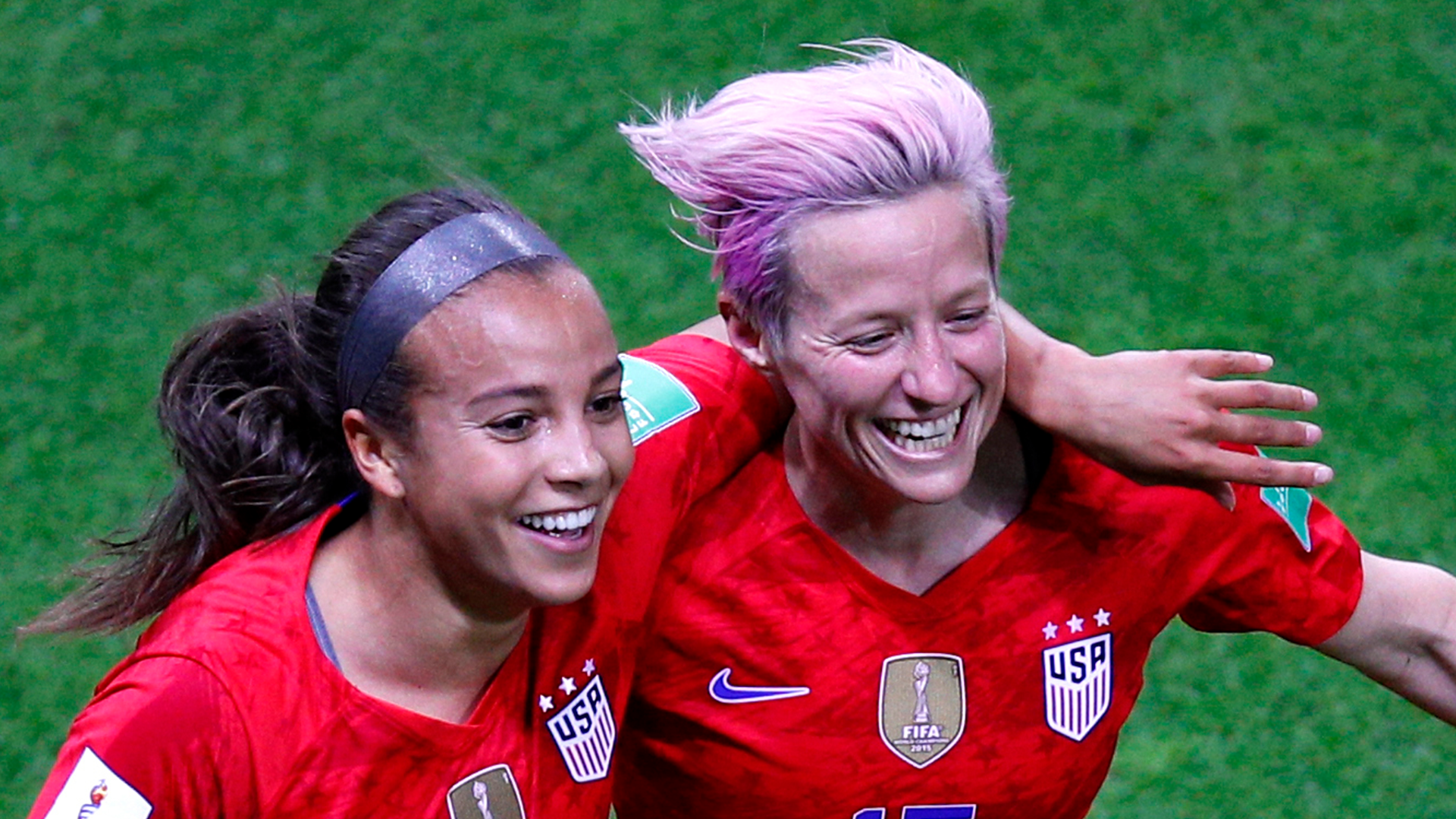- The United States Women’s National Team won the World Cup on Sunday, continuing its title as the number one women’s soccer team in the world.
- The team’s success is built on several historical moments, including the passing of Title IX and the women’s World Cups of 1991 and 1999.
- These events increased the sport’s popularity, and in turn, the number of female players in the US. With more players, there was more talent.
- But it’s hard to consider America’s success without acknowledging the suppression of women’s soccer abroad. Several countries banned the sport in the past, which has lead to a lower level of competition today.
- Visit Business Insider’s homepage for more stories.
Following is a transcript of the video.
On June 11, 2019, the US Women’s Soccer Team beat Thailand 13 to 0. That’s more goals than any team has ever scored in a game … in the history of the world cup. It’s also more goals than the US Men’s team has scored in every world cup since 2006. Combined.
Yeah, the women’s team dominates. In fact, as of 2019, they’re the No. 1 ranked team in the world. So why are American women so good at soccer. Well, it starts with this graph. For at least four decades, women’s soccer has been rapidly gaining popularity in the US.
In 1971, for example, there were only 700 high school female soccer players. But by 2014, that number had grown to nearly 376,000. And more young players means…
Eileen Narcotta-Welp: "…there is going to be an increasing competition, which means that's going to lead to better technical and tactical play that will weed out the best players."
That's Eileen Narcotta-Welp, a soccer scholar at the University of Wisconsin - La Crosse. There are a few reasons, she says, why women's soccer has become so popular in the US. And one of them is Title IX, which legislators passed in 1972. It prohibits federally funded educational institutions from discriminating on the basis of sex. And that applies to high school and college athletic programs.
Narcotta-Welp: "They said, listen, you have to add women's programs. So you just saw an explosion of different sports."
Especially soccer, in large part because…
Narcotta-Welp: "You can carry such a large number of women on those teams."
It was simple math: By starting a women's soccer team, schools could easily iron out gender discrepancies in their athletic programs. But it wasn't just Title IX that pushed women's soccer into the American mainstream and onto the world stage.
It was also victory. Two victories, actually. In 1991, the US National Women's team won the World Cup. The first women's world cup in history. And shortly after, major brands like Nike and Umbro sponsored some of its players. Cementing them as American icons.
Then there was the World Cup of 1999 when women's soccer exploded. The final game against China is widely considered the biggest moment in US women's sports. Ever.
It went to penalty kicks, and Brandi Chastain scored the last goal, beating China 5 to 4. After that, it seemed like every American girl wanted to play soccer - which only increased the pool of talent. But the team's success isn't just about the popularity of women's soccer in America. It's also about the suppression of the sport abroad.
England, for example, essentially banned women's soccer from 1921 to 1971. Germany did the same, from 1955 to 1970. And so did Brazil, from 1941 to 1981. These countries - and many others - claimed that soccer was simply not a woman's sport. So for a long time, there were hardly any teams abroad.
And that's true even in more modern times. In 2006, for example, there were about 3 million registered youth female players worldwide. And more than half of them were in the US. And even today…
Narcotta-Welp: Soccer really is only defined as a female sport in the United States. Everywhere else it is a male sport.
Taken altogether, that's why the US women's soccer team is so good. But other countries might now be catching up. At least, if there's anything to this graph. It shows what's called the Soccer Power Index, which is an estimate of a team's skill level. The US is in first. But France, Germany, and a handful of other countries are now close behind.
And that's largely thanks to a sharp increase in the number of players in Europe and to money. From 2012 to 2017, for example, European soccer associations more than doubled their spending on women's teams. From about 50 million euros to nearly 112 million. And with more money …
Narcotta-Welp: "You might have access to better trainers to better fitness instructors, to strength coaches, maybe even start specializing in particular coaching areas."
Now, whether that translates to victories is another question. At least for now, the US is one of the favored teams to win the world cup in 2019. Take it from the expert…
Narcotta-Welp: "I wouldn't put it past them to continue to remain at the top of women's soccer for the foreseeable future."
